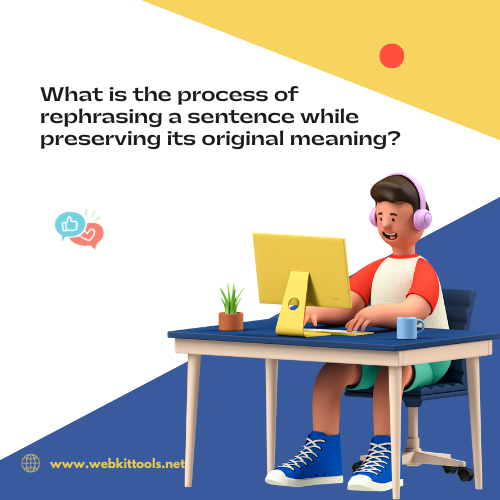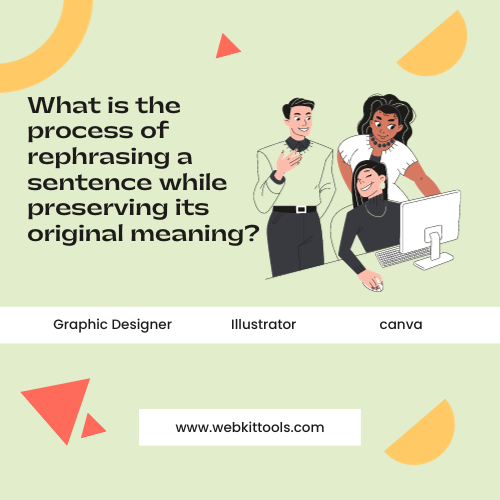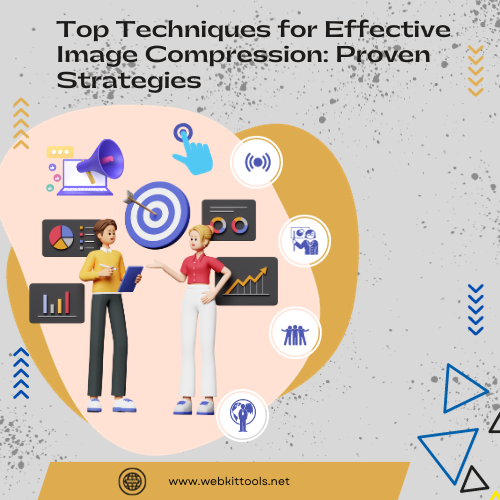Image Resizer
Image Resizer online

Resize Image
Image Resizers play a crucial role in enhancing websites' visual appeal. However, large image files can significantly slow page loading times, leading to a poor user experience and lower search engine rankings. By utilizing an image resizer, website owners can optimize their images for the web, ensuring faster loading speeds and improved performance.
When Choosing an Image Resizer
Image Quality Preservation
When selecting an image resizer, it is essential to choose one that preserves your image's quality. Look for tools that utilize advanced algorithms to resize images without sacrificing clarity or sharpness.
Resize Options
Different projects may require images of varying dimensions. A good image resizer should offer a range of resizing options, allowing users to customize their images according to their specific needs.
Compatibility
Ensure that your image resizer is compatible with your existing software and platforms. Whether using a desktop computer or a mobile device, compatibility is key to seamless image resizing.
Ease of Use
No one wants to spend hours fiddling with complex software. Opt for a user-friendly and intuitive image resizer with straightforward instructions and an easy-to-navigate interface.
Steps to Resize Images Using Web Kit Tools Resizer
Step 1: Uploading the Image
Begin by selecting the image you wish to resize and uploading it to Web Kit Tools Resizer's platform.
Step 2: Selecting Resize Options
Next, choose your desired resizing options, including dimensions, file format, and compression level.
Step 3: Resizing the Image
Once configuring the settings, click the "Resize" button to initiate the resizing process.
Step 4: Downloading the Resized Image
After resizing the image, click the "Download" button to save the optimized image to your device.
Tips for Optimizing Images for Web
- Compression Techniques: Use compression techniques to reduce file size without sacrificing image quality.
- File Format Selection: Choose the appropriate file format (JPEG, PNG, GIF) based on the type of image and its intended use.
- Image Dimensions: Resize images to optimal dimensions for web display, considering responsive design principles.
Benefits of Using an Image Resizer
Faster Website Loading Speed: Optimized images result in faster loading times, improving overall website performance.
Improved User Experience: Visitors are likelier to engage with a website that loads quickly and displays high-quality images.
Better SEO Ranking: Search engines prioritize websites that deliver a seamless user experience, including fast-loading images.
Can I resize multiple images simultaneously using an image resizer?
Yes, many image resizer tools offer batch processing capabilities, allowing users to resize multiple images at once.
Will resizing images affect their quality?
When done correctly using a high-quality image resizer, resizing should not significantly impact image quality.
Is image resizing only necessary for websites?
While image resizing is commonly used for web optimization, it can also benefit other purposes, such as printing or social media.
Are there free image resizer tools available?
Many image resizer tools offer free versions with basic features, while others may require a subscription for access to advanced functionalities.
What is the perfect image size for web service?
The ideal image size for web use can vary depending on factors such as the website's layout and design. However, as a general rule of thumb, aim for images that are under 1MB in size for optimal performance.














